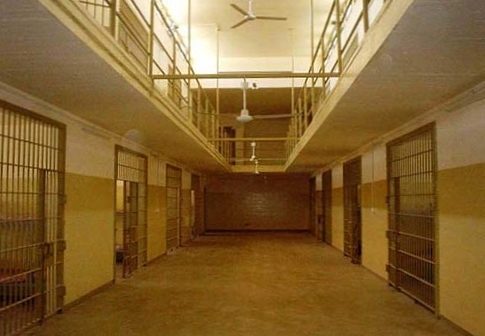As a newborn, an individual encounters specific rules early on in life for the sake of distinguishing good from bad. This rudimentary knowledge of how the system of rules works helps an individual abide by the laws that society imposed. When citizens break the law that had been decreed by society, these said citizens expose themselves to the possibility of answering for their actions. The process of answering for one’s actions usually takes place in front of a court of law, and the consequences vary from a fine all the way to prison, the latter being a place to isolate one from society. The issue now rests on whether this isolation has rehabilitating or punishing purposes.
Prisons can show characteristics of a rehabilitation program. The primary purpose of the rehabilitation program is to make an impact on the prisoner so that they would do everything in their power to avoid a second term once they are set free. One of the advantages of the prison rehabilitation is the education programs. It has been shown statistically that inmates who participated in these programs were 43 percent less likely to commit a crime and return to jail. By sharing knowledge with an inmate, the rehabilitation program hopes to send back a more useful citizen.
Also included in these rehabilitation projects are some forms of work programs. These work programs introduce an inmate to the concepts of responsibilities and accountability; they prepare the prisoner for reintegration into society after jail. The prisoner may have access to some qualified counselors guiding them during their time. These counselors help the inmates focus on what might motivate them and how to proceed to accomplish their goals. To lower the risks of depression and control inmates who are prone to anger issues, prisons also offer soothing activities, like gardening that gives them a sense of purpose. To help inmates feel a type of belonging to society, prisons sometimes get the inmates to participate in volunteer activities for the community, such as going to mass to interact with the outside world.
However, prisons can also show characteristics of a punishment initiative. First and foremost, the inmate is isolated in a cell to think about the crime they committed. The degree of the crime can balance the choice of letting an inmate interact with others; as soon as a person is convicted, they lose their basic human rights. Common knowledge is that punishment shocks any wrongdoer into changing their ways. Therefore, this argument leads to the theory that punishment is good for society as it discourages an individual into committing a crime.
Crime remains crime but is weighed differently. A citizen who killed another citizen and one who stole a car have both committed crimes but ending someone’s life is worse than stealing a car. The punishment initiative works as a countermeasure to the programs of rehabilitation. How does one rehabilitate and reintegrate a murderer into society? It is unlikely that this individual might receive a lesser sentence and therefore would find it difficult to re-enter society. The more serious the crime, the less likely that convict might fit back in society. It only leads to one choice, and it is to perpetuate the life of crime even after serving their initial time in jail. The highest form of punishment in prison is the death penalty or the life sentence. This decision, however, belongs to the court and is usually reserved for unspeakable crimes like murders, treason and crimes against humanity. The fear of suffering these consequences remains a key factor in the rise and fall of the crime rate.
Although prisons can help a convict get back into society, it can also serve as a way of punishment for major crimes. In the process of rehabilitation, the prisoner can choose to reflect on the past mistakes and attempt to start anew at the end of their term. The process of punishment leads the inmate into coming back to prison as they had not learned how to be useful to society and therefore only know a life of crime. The punishment system, however, dissuades society from delving into chaos with rises of crime rates, therefore is necessary to the good functioning of society. Whether prisons are a punishment or a rehabilitation program is then an objective point of view.





